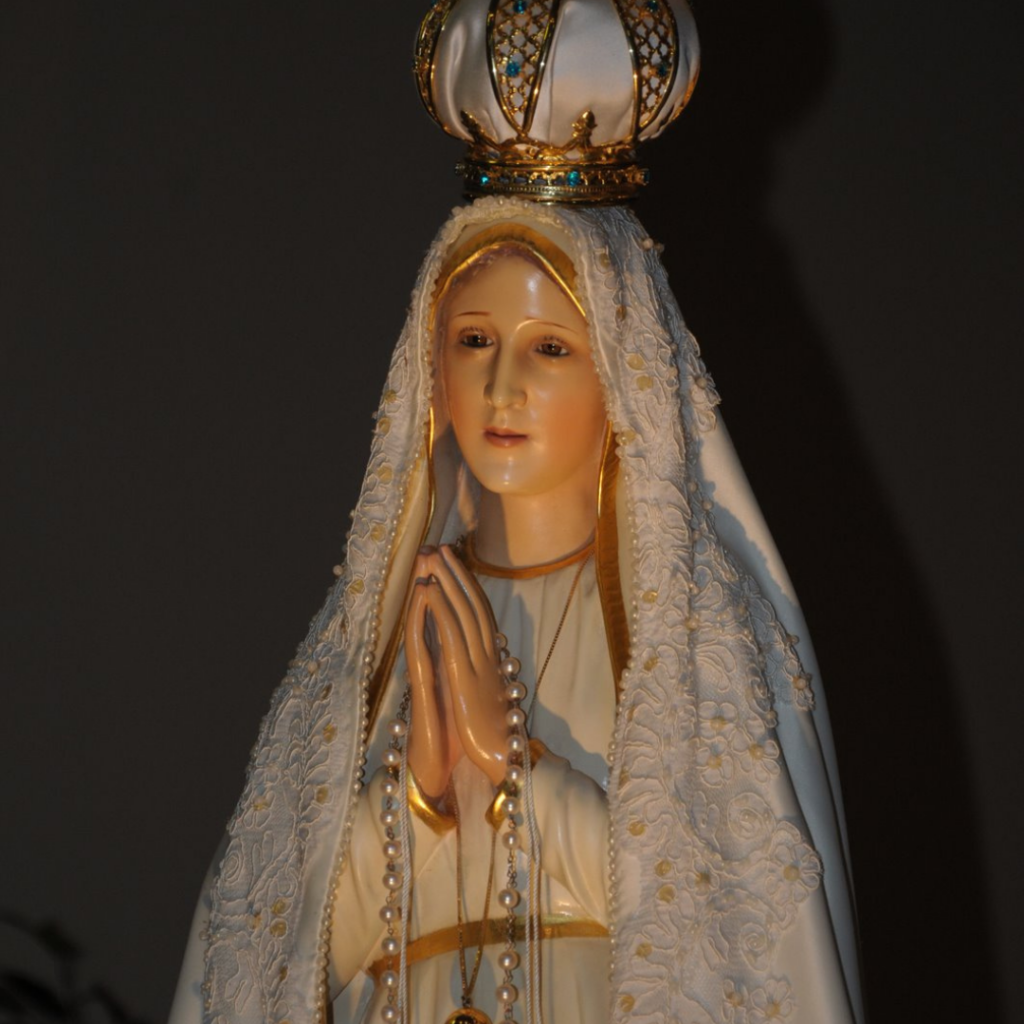ACI Prensa Staff, Jan 9, 2024 / 14:30 pm (CNA).
Every Jan. 9 the Catholic Church commemorates St. Julian and his wife, St. Basilissa, who died around the year 304, most likely in Antinoe, Egypt, during the reign of Roman emperor Diocletian (284–305), who unleashed a cruel persecution against Christians.
Christian marriage and holiness
St. Julian and St. Basilissa lived a spousal love in perpetual and freely chosen virginity. Both had decided to offer to the Lord — each one on their own — to remain virgins for life. However, keeping such a promise in those times also brought demands and misunderstandings of all kinds for any young person of marriageable age. Even so, each one chose that path as a way to follow and to give their lives to the service of God and their fellow Christians in the faith.
Julian was the only son of a rich noble family where he was raised in a Christian environment. And, as usual, when he turned 18 his parents began making arrangements for his marriage. The young woman who was chosen, Basilissa, also belonged to the nobility.
Julian and Basilissa understood through the continuous practice of fasting and prayer that God had a special path marked out for them and that together they could live the promises they had made to the Lord.
Later on, the two would more than confirm their particular calling through the graces poured out on them and the people in their lives. According to tradition, the Lord Jesus appeared to them in person to bless their marital union in a spirit of complete chastity.
The fruits of sacramental love
Like many Christians in the first centuries, the new spouses distributed their property among the poor. Then they withdrew to live on the outskirts of their city. They lived in two houses that would become monasteries. The men joined St. Julian and the women joined St. Basilissa. Many people began to seek them out for spiritual consolation and advice for living the Christian life.
The group of men named St. Julian as their “abbot” (father), in whom they saw a model of charity and prudence, dedication to work, detachment, and prayer. Authentic brotherhood was formed around the saint, strengthened in the ascetic life and spiritual discipline.
St. Basilissa became an example for a large group of young women impressed by her virtue and joy. Many of them also decided to remain virgins and live only for the Lord for the rest of their days.
There is someone above all earthly powers
When Diocletian’s persecution intensified in the region, Julian was taken prisoner along with everyone who lived with him. Before the official, who was to issue the death sentence, St. Julian proclaimed: “God helps those who are his friends, and Christ Jesus, who is much more important and powerful than the emperor, will give me the strength and courage to endure the torments.”
St. Julian was sentenced to death, but first he had to be scourged. One of his executioners, while drawing back the whip, wounded himself in the eye with the whip’s iron bead. At that moment, the saint asked God to heal that man and so it happened: a miracle occurred in view of all those present.
“I adore only and exclusively the God of heaven,” St. Julian shouted at that moment. The executioners then commenced with his execution by matter-of-factly cutting off his head. One of them, named Celsus, son of Marcian, converted to Christ, struck by the courage and serenity shown by the martyr. These events occurred around the year 304. St. Basilissa survived her husband for a time until she died of natural causes.
Julian and Basilissa were greatly venerated in the Middle Ages (from the eighth century onward). They were usually commemorated on Jan. 9, although according to the Martyrologium Hieronymianum (Martyrology of St. Jerome), the actual date was the 6th — three days before. The most recent reform of the Roman Martyrology places their liturgical memorial also on Jan. 6. However, by tradition, Jan. 9 still prevails among devotees.
To learn more about these two saints, follow this New Advent link to the Catholic Encyclopedia.
This story was first published by ACI Prensa, CNA’s Spanish-language news partner. It has been translated and adapted by CNA.











